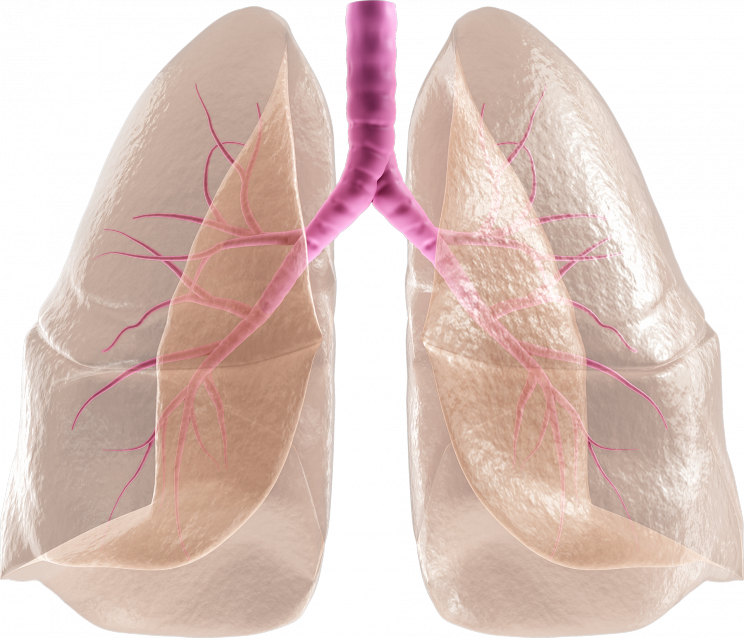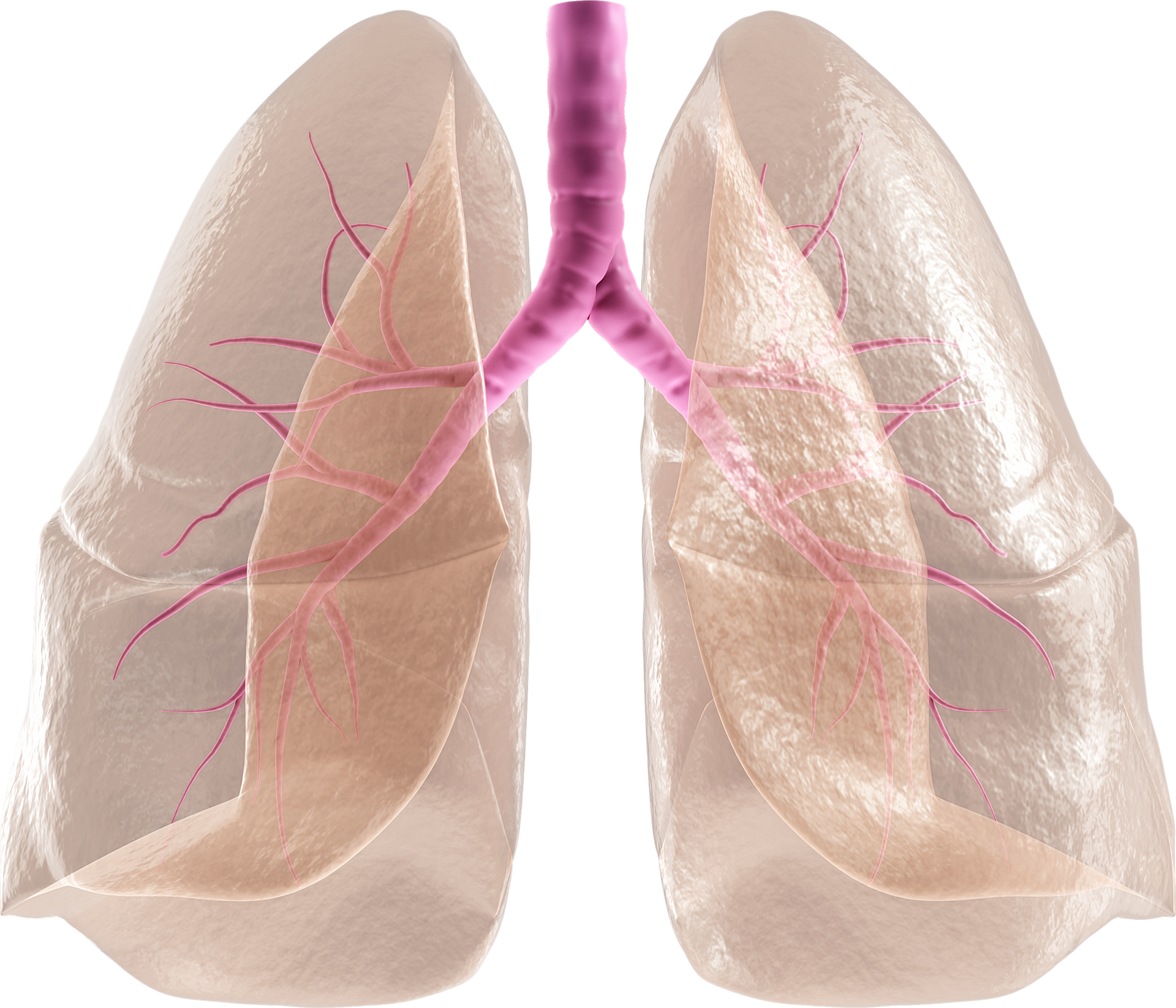It is important to focus on your breathing from time to time, so in this post, I will look at healthy breathing exercises that you can use in your day to day living.
Why Do We Need To Do Healthy Breathing Exercises?
Have you ever taken the time to notice how you breathe when you feel relaxed? Probably not!
The next time you are feeling relaxed, take a moment to notice how your body feels. Try to think about how you breathe when you first wake up in the morning or just before you fall asleep.
Breathing exercises can help you relax because they make your body feel like it does when you are already relaxed.
Healthy deep breathing exercises are one of the best ways to lower stress in the body. This happens because when you breathe deeply, it sends a message to your brain to calm down and relax.
The brain, in turn, then sends this message to your body to do the same.
Those bad things that happen to your body when you are stressed, such as increased heart rate, fast breathing, and high blood pressure, all decrease as you breathe deeply to relax.
Healthy breathing exercises are a great way to reduce tension, relax and relieve stress because the way you breathe affects your entire body.
Luckily healthy breathing exercises are very simple to learn, and you can do them whenever you want to. The trick is just remembering to do them.
Luckily my Apple Watch reminds me to breathe at least a few times a day.
Simple And Healthy Breathing Exercises
“Practicing a regular, mindful breathing exercise can be calming and energizing and can even help with stress-related health problems ranging from panic attacks to digestive disorders.”
Andrew Weil, M.D.
Breathing Exercise Number 1:
The aim of this exercise is to raise vital energy and increase alertness.
- Inhale and exhale rapidly through your nose, keeping your mouth closed but relaxed. Your breaths in and out should be equal in duration, but as short as possible. This is a noisy breathing exercise.
- Try for three in-and-out breath cycles per second. This produces a quick movement of the diaphragm.
- Do not do for more than 15 seconds on your first try. Each time you practice the Stimulating Breath, you can increase your time by five seconds or so, until you reach a full minute.
If done properly, you may feel invigorated, as if you have just done a good workout.
You will feel some effort at the back of the neck, in the diaphragm, in the chest, and in the abdomen.
Breathing Exercise Number 2:
Here is a simple breathing exercise taken from Yoga Expert Barbara Currie that will energize your whole system.
You can get an extra buzz by doing it outside in the fresh air. Most of us don’t take in adequate air when we breath and this can lead to tiredness and exhaustion over time.
Your lungs are designed to take in clean air and get rid of stale air, and it does them a lot of good to do deep breathing exercises from time to time. If you do Yoga or Pilates regularly, you will most certainly reap the rewards of deep breathing.
- Stand up straight and place your arms by your sides.
- Gently push your abdominal muscles out and start to inhale, lifting your arms in the air.
- Hold for a count of five, then slowly exhale, lowering your arms.
- As you inhale, think energy, and as you exhale think calm thoughts.
Repeat this ten times.
This exercise helps you to learn to expand your ribs sides when breathing in, which is a great skill to have when you are exercising.
You can feel the movement of your ribs by placing your palms on either side of your ribs as you breathe in. They should expand outwards as you breathe in and contract inwards as you breath out.
Breathing Exercise Number 3:
This 4-7-8 breathing exercise is very simple. It can be done anywhere and takes up very little of your precious time.
Although you can do the exercise in any position, sit with your back straight while learning the exercise.
Place the tip of your tongue against the ridge of tissue just behind your upper front teeth, and keep it there through the entire exercise.
You will be exhaling through your mouth and the air will flow around your tongue.
- Exhale completely through your mouth, making a whoosh sound.
- Close your mouth and inhale quietly through your nose to a mental count of four.
- Hold your breath for a count of seven.
- Exhale completely through your mouth, making a whoosh sound to a count of eight.
- This is one breath. Now inhale again and repeat the cycle three more times for a total of four breaths.
Note that with this breathing technique, you always inhale quietly through your nose and exhale audibly through your mouth. The tip of your tongue stays in position the whole time. Exhalation takes twice as long as inhalation. The absolute time you spend on each phase is not important, but keep the ratio of 4, 8,8.
At first you will probably have a bit of trouble holding your breath, then you can simply speed up the entire exercise and slow it down again as it gets easier.
This breathing exercise is a natural tranquilizer for the nervous system. Do it at least twice a day. You cannot do it too frequently. Do not do more than four breaths at one time for the first month of practice. Later, if you wish, you can extend it to eight breaths.
You may feel a little lightheaded when you first breathe this way, do not be concerned as it will pass.
Once you develop this technique by practicing it every day, it will be a very useful tool that you will always have with you. Use it whenever anything upsetting happens – before you react. Use it whenever you are aware of internal tension or stress. Use it to help you fall asleep. This exercise cannot be recommended too highly. Everyone can benefit from it.
Breathing Exercise Number 4:
If you want to get a feel for this challenging work, try your hand at breath counting, a deceptively simple breathing technique much used in Zen practice.
Sit in a comfortable position with the spine straight and head inclined slightly forward. Gently close your eyes and take a few deep breaths.
Let the breath come naturally without trying to influence it. Ideally, it will be quiet and slow, but depth and rhythm may vary.
- To begin the exercise, count “one” to yourself as you exhale.
- The next time you exhale, count “two,” and so on up to “five.”
- Then begin a new cycle, counting “one” on the next exhalation.
Never count higher than “five,” and count only when you exhale. You will know your attention has wandered when you find yourself up to eight, or higher.
If you can, attempt to do ten minutes of healthy breathing exercise number 4.
Please feel free to comment below if you would like to add more healthy breathing exercises to my list.

![]()


Great breathing exercises! I tried them all. I think they are good for destressing and just taking a moment to relax, and it does help. I am wondering if similar breathing exercises are practiced in a yoga class? I have been wanting to get started with yoga and this would just be a great added benefit.
Yes, two of these exercises actually come from a yoga class. But if you don’t have the time to attend a class, at least you can do your breathing.
Hi! Thank you very much for these 4 breathing exercises. I greatly appreciate the benefits they bring. And I will start to implement them.
I like exercise 3. It’s simple and it doesn’t take much time. I have already started to practice it. And yeah, you feel a little lightheaded when you first breathe this way. But I’ll continue practicing. Thank you very much!
Thanks for stopping by Henry. It is natural to feel light headed the first few times you do some of these exercises, as your body is not used to breathing this way. Don’t worry, it won’t last long.